Zanzibar’s timing can transform an ordinary vacation into something extraordinary. The difference between perfect beach weather and days of tropical downpours often comes down to understanding which month aligns with your travel dreams and tolerance for unpredictability.
KEY TAKEAWAYS
Best Overall: June-October (dry season perfection)
Best Value: May & November (90% of peak weather, 50% of peak prices)
Best for Diving: February-March (visibility) + July-September (whale sharks)
Best for Culture: July (ZIFF festival) + Ramadan periods
Avoid at All Costs: April (wettest month, many resorts closed)
Why Timing Matters More Than Most Travelers Realize
Your Zanzibar timing determines everything from accommodation costs to marine life encounters. Choose strategically, and you’ll discover why this Indian Ocean archipelago captivates travelers year after year.
Zanzibar operates on ancient monsoon rhythms that create four distinct seasons. Unlike Caribbean islands with predictable patterns, this East African paradise follows Indian Ocean weather systems that locals have understood for centuries.
The Northeast Monsoon (December-March) brings hot, humid conditions with excellent diving visibility. Think crystal-clear underwater photography and calm seas, but prepare for sweltering 32°C temperatures and premium European winter-escape pricing. December particularly appeals to travelers seeking warm weather during their home country’s winter months.
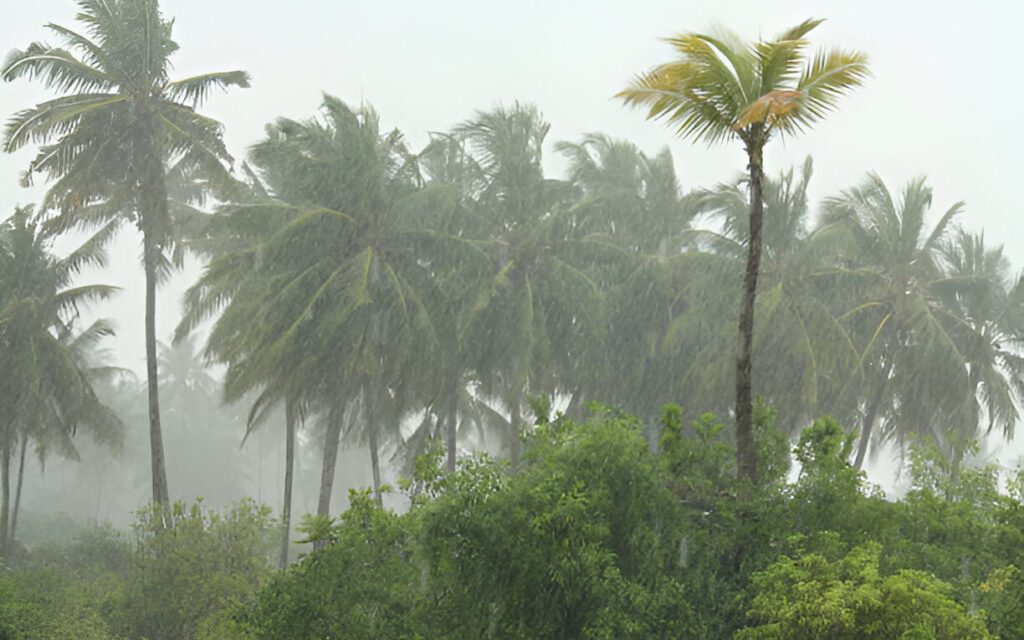
Long Rains (March-May) represent Zanzibar’s wettest period. April alone receives 400mm+ rainfall – enough to flood Stone Town’s narrow alleys and force luxury resorts into maintenance closure. However, savvy travelers discover this season’s hidden advantages: authentic cultural immersion, dramatic spice plantation visits, and accommodation rates that plummet 60% below peak season.
The Southeast Monsoon (June-October) delivers Zanzibar’s golden period. Consistent sunshine, comfortable 28°C temperatures, and trade winds that keep coastal areas pleasant. This is when those iconic beach photos happen, but expect crowds and peak pricing that can double accommodation costs.
Short Rains (November-December) offer the sweet spot many miss. Brief afternoon storms followed by dramatic sunsets, comfortable temperatures, and shoulder-season pricing make this period ideal for romantic getaways and photography enthusiasts.
Month-by-Month Zanzibar Weather Breakdown
January: Hot Start to Paradise
- Temperature: 28-32°C (82-90°F)
- Rainfall: 64mm average
- Pros: Excellent diving conditions, whale shark season begins
- Cons: Peak humidity, premium pricing starts
January kicks off with scorching heat but delivers exceptional underwater visibility. Perfect for diving adventures, but prepare for sweaty Stone Town exploration. Many beachfront properties begin implementing peak season rates during this period.
February: Peak Heat, Peak Visibility
- Temperature: 29-33°C (84-91°F)
- Rainfall: 46mm average
- Pros: Best underwater visibility, calm seas
- Cons: Hottest month, highest humidity
February represents the year’s thermal peak but compensates with gin-clear waters perfect for underwater photography. This is when luxury resorts reach their highest occupancy rates, making advance reservations essential for preferred properties.
March
- Temperature: 27-31°C (81-88°F)
- Rainfall: 142mm increasing
- Pros: Early March still excellent, prices dropping
- Cons: Weather becomes unpredictable
March plays weather roulette. Early March often delivers fantastic conditions before the rains intensify. Strategic travelers target the first two weeks for excellent weather with reduced pricing on Stone Town accommodations.
April: Monsoon Madness
- Temperature: 26-29°C (79-84°F)
- Rainfall: 401mm average (wettest month)
- Pros: Rock-bottom prices, authentic cultural experiences
- Cons: Heavy rains, many resorts closed
April tests even adventurous travelers. While accommodation costs plummet, expect significant rainfall and limited beach activities. Cultural enthusiasts find this period rewarding for Stone Town exploration and traditional craft workshops when indoor activities become essential.
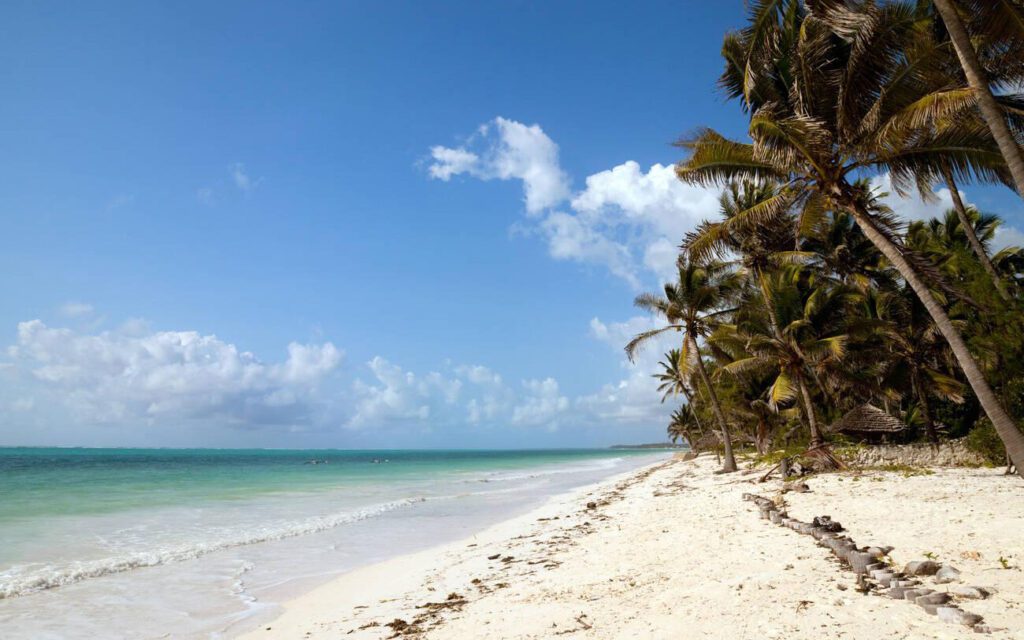
May: Recovery Month
- Temperature: 25-28°C (77-82°F)
- Rainfall: 188mm decreasing
- Pros: Conditions improve, excellent value
- Cons: Early May still unpredictable
May rewards patient travelers. Weather improves steadily while maintaining low-season pricing. Many facilities reopen mid-month, making late May particularly attractive for budget-conscious adventurers seeking quality accommodations at exceptional rates.
June: Dry Season Launch
- Temperature: 24-28°C (75-82°F)
- Rainfall: 50mm average
- Pros: Perfect weather begins, reasonable pricing
- Cons: Increasing demand
June marks the beginning of Zanzibar’s most reliable period. Excellent safari combinations become possible as mainland Tanzania enters its optimal wildlife viewing season. Beach resorts begin transitioning to peak season operations and pricing.
July: Festival Fever
- Temperature: 23-27°C (73-81°F)
- Rainfall: 13mm average
- Pros: ZIFF festival, perfect weather, whale sharks
- Cons: Peak pricing, advance booking essential
July transforms Zanzibar into East Africa’s cultural capital. The Zanzibar International Film Festival attracts global visitors while whale shark encounters peak around Pemba Channel. Premium beachfront properties command top rates during this cultural high season.
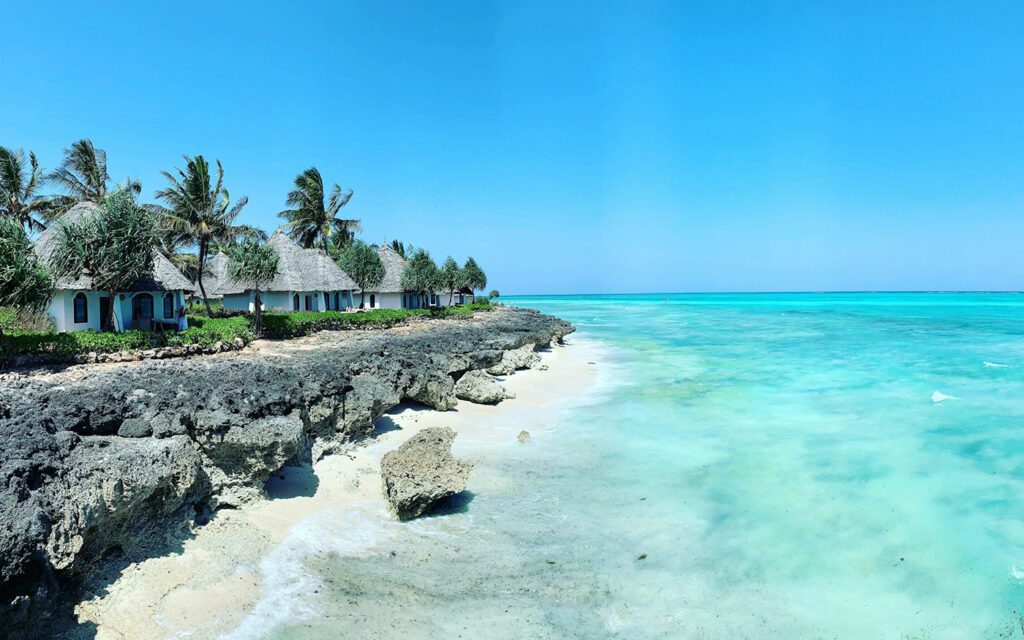
August: Peak Perfection
- Temperature: 23-27°C (73-81°F)
- Rainfall: 25mm average
- Pros: Ideal beach conditions, calm seas
- Cons: Highest prices, most crowded
August delivers postcard-perfect conditions but tests budgets and patience. Popular restaurants require reservations, while pristine beaches fill with international visitors. This period sees the highest occupancy rates across all accommodation categories.
September: Sweet Spot
- Temperature: 24-28°C (75-82°F)
- Rainfall: 31mm average
- Pros: Excellent weather continues, turtle nesting
- Cons: Still peak season pricing
September often provides the year’s best value-to-weather ratio. Turtle nesting season adds wildlife encounters to beach relaxation, while crowds begin thinning toward month’s end. Many travelers discover this represents optimal timing for luxury resort stays.
October
- Temperature: 25-29°C (77-84°F)
- Rainfall: 56mm average
- Pros: Crystal-clear waters, good availability
- Cons: Increasing heat and humidity
October caps the dry season with stunning underwater visibility and comfortable temperatures. Perfect timing for photography tours before humidity returns. Accommodation availability improves as peak season winds down.
November: Hidden Gem
- Temperature: 26-30°C (79-86°F)
- Rainfall: 171mm average
- Pros: Shoulder pricing, morning sunshine
- Cons: Afternoon showers, humidity rising
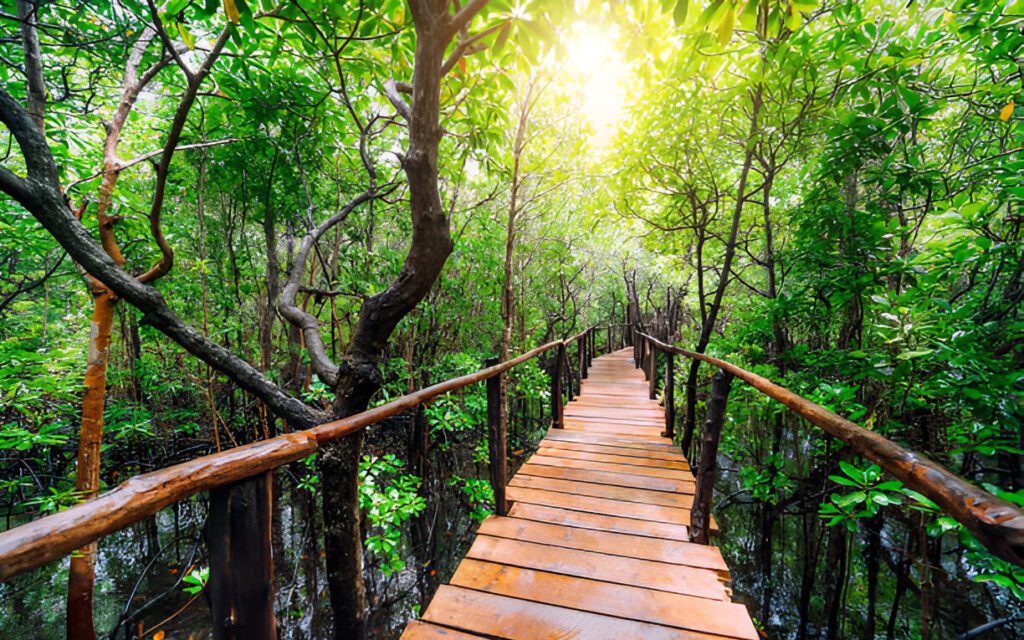
November represents one of Zanzibar’s best-kept secrets. Morning sunshine and brief afternoon storms create dramatic lighting while shoulder-season rates return. Ideal for honeymoons seeking value without sacrificing experience. Many boutique properties offer their best packages during this period.
December: Festive Warmth
- Temperature: 27-31°C (81-88°F)
- Rainfall: 147mm average
- Pros: Holiday atmosphere, whale sharks return
- Cons: Festive premiums, higher humidity
December brings holiday energy and returning marine life. Whale sharks reappear while traditional celebrations create festive atmosphere despite increasing humidity. Resort bookings increase as holiday travelers seek warm destinations for December escapes.
Activity-Specific Timing Strategies
Best Time for Zanzibar Diving & Snorkeling
Peak Visibility: February-March when northeast monsoons calm surface waters
Whale Shark Season: July-September with 80%+ sighting success rates
Coral Health: Year-round, but avoid March-May runoff periods
Zanzibar’s underwater world follows predictable patterns. February delivers the year’s clearest water with visibility exceeding 30 meters around Mnemba Atoll. However, whale shark enthusiasts must visit during July-September when these gentle giants migrate through local waters.
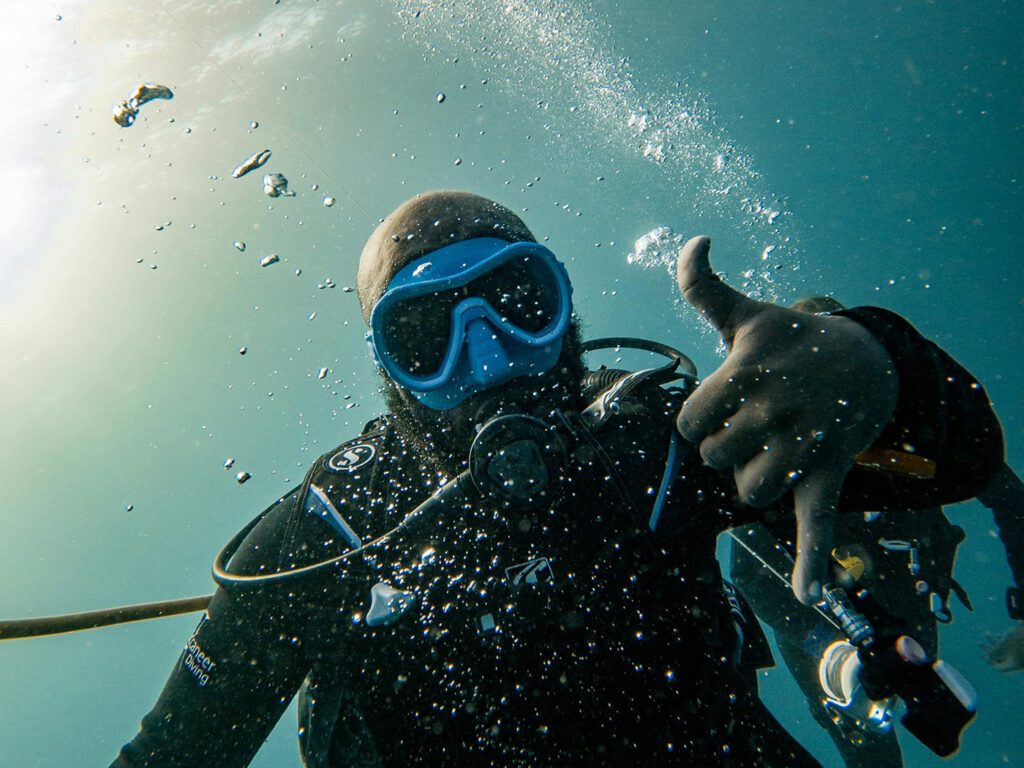
Optimal Beach Weather Windows
Guaranteed Sunshine: August-October for reliable beach conditions
Calm Seas: January-February and June-September
Perfect Photos: September when post-rain landscapes meet dry season reliability
Eastern beaches receive optimal conditions during southeast monsoon months when trade winds provide cooling without excessive waves. Western shores offer mirror-calm conditions ideal for swimming and water sports during most periods except April-May.
Cultural Experience Timing
Festival Season: July for ZIFF and Mwaka Kogwa celebrations
Authentic Interactions: April-May and November when tourism pressure decreases
Ramadan Experiences: Varies annually – check Islamic calendar
Cultural immersion improves dramatically during off-peak periods when communities have increased availability for visitor interactions. Traditional craft workshops and cooking classes become more intimate when tourist crowds disappear.
Budget Optimization Secrets
When Zanzibar Costs Least
Rock Bottom: April-May (60% savings but weather risks)
Sweet Spot: November (40% savings, good weather)
Shoulder Value: Early June and late October
Smart travelers save hundreds by understanding seasonal pricing patterns. Budget accommodations during April can cost less than luxury options during peak season. Choosing the right location based on your timing preferences becomes crucial for maximizing value.
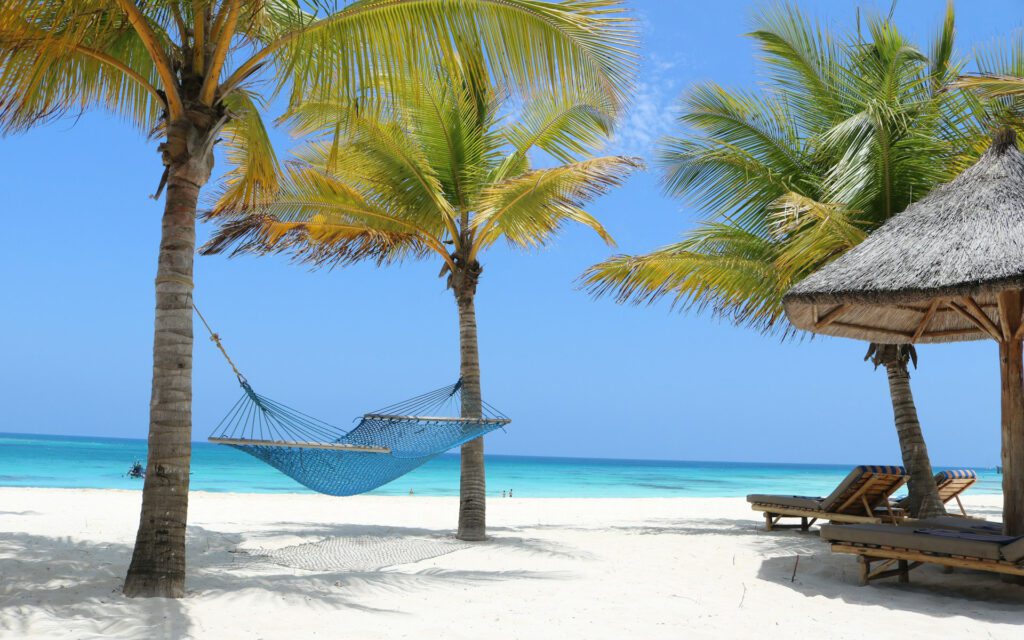
Hidden Cost Factors
Flight prices fluctuate 40% between peak and shoulder seasons. European winter escape demand drives January-February premiums, while July festival periods see accommodation rates double. Factor total trip costs rather than just hotel pricing when selecting travel dates.
Advance Booking Strategies
Peak season (June-October) requires 4-6 months advance planning for preferred properties. Shoulder seasons allow 2-3 month booking windows with potential last-minute deals for flexible travelers. Understanding where to stay based on your timing becomes essential for securing optimal accommodations.
Practical Planning Considerations
Weather Flexibility Tips
Build itinerary flexibility around potential weather variations. Indoor activities like spice tours, Stone Town exploration, and cultural workshops function regardless of weather conditions. Many centrally located accommodations provide easy access to weather-independent activities.
Cultural Sensitivity Calendar
Friday prayers affect Stone Town accessibility as local Muslims attend congregational services. Ramadan timing significantly impacts restaurant hours and cultural experiences, though respectful visitors often discover deeper cultural insights during this period.
Health and Safety Timing
Malaria risk remains consistent year-round, but mosquito activity peaks during rainy seasons. Yellow fever vaccination requirements and health preparations remain constant regardless of travel timing.
Special Interest Travel Windows
Photography Enthusiasts
September combines excellent weather with dramatic post-rain landscapes. Dynamic lighting conditions and lush vegetation create optimal opportunities for both landscape and cultural photography.
Wildlife and Marine Life
Turtle nesting season (September-October) adds wildlife encounters to beach relaxation. Dolphin spotting remains excellent year-round, while bird migration patterns create distinct opportunities for ornithology enthusiasts.
Heritage and Diaspora Travel
Cultural festivals during July provide exceptional opportunities for heritage connections, while quieter periods allow for more intimate explorations of Zanzibar’s complex history. Many travelers prefer Stone Town accommodations during cultural exploration periods.
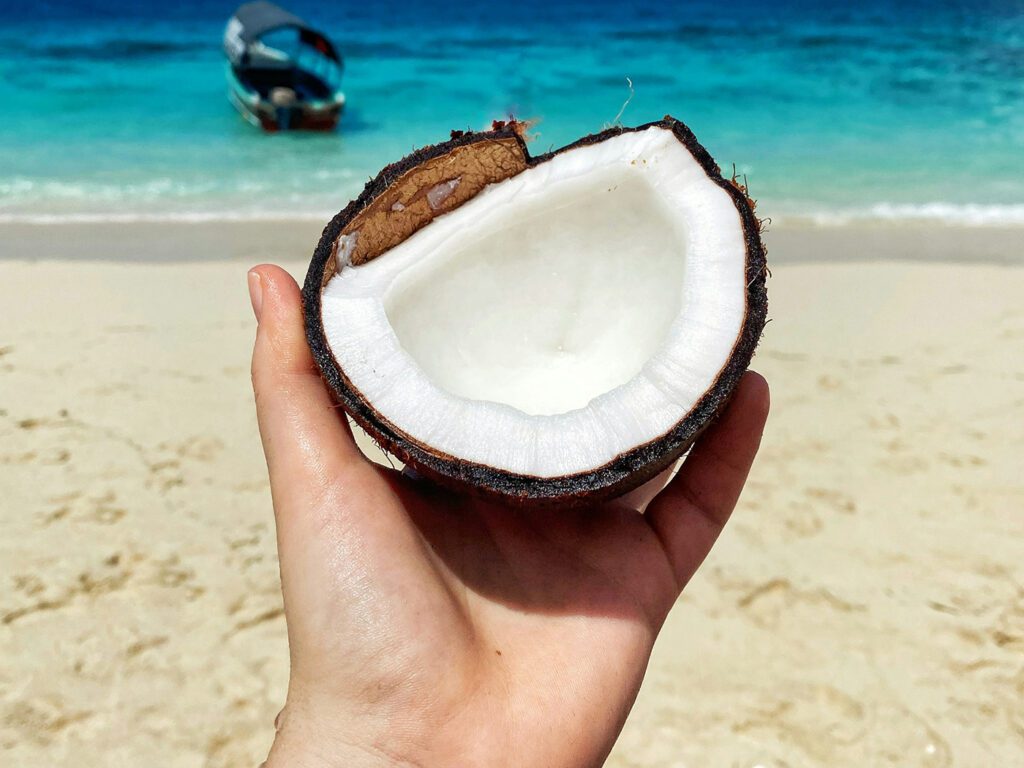
Regional Weather Considerations
East Coast vs West Coast Timing
Zanzibar’s eastern beaches experience different conditions than western shores throughout the year. Trade winds affect each coast differently, creating distinct advantages for specific activities during various seasons.
Stone Town Weather Patterns
The historic capital experiences microclimates that differ from beach areas. Narrow alleys provide natural cooling during hot months but can become humid during rainy periods. Planning your accommodation location based on seasonal weather patterns optimizes comfort.
Northern vs Southern Peninsula Differences
Zanzibar’s geography creates subtle weather variations between regions. Northern areas often experience slightly different rainfall patterns than southern zones, influencing activity planning and accommodation choices.
Your Perfect Zanzibar Timing Strategy
Choose Zanzibar timing based on priorities rather than generic advice. Beach perfectionists should target August-October despite premium pricing. Cultural enthusiasts find July irresistible for festivals, while budget travelers discover outstanding value during May and November.
The secret lies in aligning expectations with seasonal realities. Zanzibar’s magic transcends weather patterns when travelers understand what each period offers and plan accordingly.
Ready to plan your perfect Zanzibar escape? Start by exploring our comprehensive Ultimate Zanzibar Holiday Guide for detailed planning strategies that complement optimal timing. Then determine your ideal location with our accommodation guide to match your chosen travel season with the perfect base for your adventures.
Whether you choose peak season reliability or shoulder season adventure, Zanzibar’s year-round warmth and cultural richness reward travelers who work with natural rhythms rather than against them.



